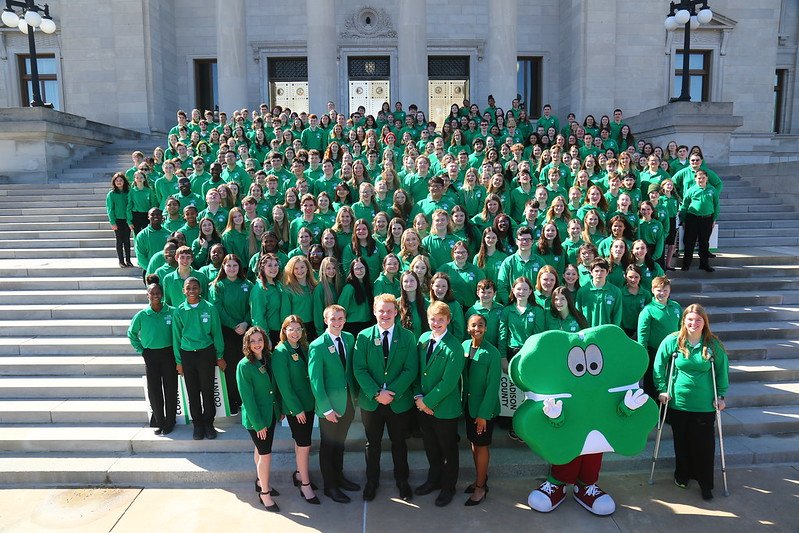Washington, DC—January 30, 2025…Congressman Steve Womack (AR-3) today honored Ronak Pai—a 12th grader from Bentonville West High School—for winning the 2024 Congressional App Challenge. The annual and nationwide coding competition for middle school and high school students aims to encourage our nation’s youth to pursue Science, Technology, Engineering, and Mathematics (STEM) education and computer science careers.
Congressman Womack said, “Congratulations to our winner, Ronak, on his impressive achievement. I deeply admire his work to support those who courageously and selflessly served our great nation. For 10 years, I’ve been blown away by the coding talent, innovation, and creative problem-solving displayed by the participants in Arkansas’ Third. This challenge is hard work – and I couldn’t be prouder of those who applied. I have no doubt that Ronak and the rest of the participants have bright futures ahead, creating a smarter, more efficient nation.”
Dr. Debbie Jones, Superintendent, Bentonville Schools, said, “The Congressional App Challenge Award is widely recognized as one of the most prestigious accolades in computer science. We're grateful for Congressman Steve Womack and his colleagues in the House of Representatives who make this honor possible for our students.”
Dr. Jonathon Guthrie, Principal, Bentonville West High School, said, “Ronak Pai is one of the most academically gifted and compassionate students to matriculate through Bentonville West. His app demonstrates his commitment to America's veterans intheirefforts to more readily secure healthcare.”
Startup Junkie Managing Director, Brett Amerine, said, “This year was very exciting for the Congressional App Challenge. Many talented students who will be this nation's next top scientists, engineers, and entrepreneurs participated. After significant review and deliberation we are excited for the winner, Ronak Pai, founder of Veteran Connect. We need to serve our veterans as best we can, and we need as many smart entrepreneurs and engineers as possible working to solve government efficiency and effectiveness challenges, and Veteran Connect does just that.”
Ronak’s winning app, Veteran Connect, is an all-in-one resource tailored to help veterans overcome the challenges they often face when accessing essential benefits and services. Built using Dart and Flutter, with integrated C++ and Swift components, the app provides a seamless, user-friendly experience across Android, iOS, and desktop platforms. Key features include precise GPS directions to nearby VA offices, a detailed questionnaire that evaluates and predicts eligibility for various benefits, and a curated list of veteran-specific benefits with clear descriptions. Veteran Connect is designed to simplify and enhance veterans’ access to the support they deserve.
Womack honored Ronak with a certificate and congressional medallion at a ceremony at Bentonville West High School. Entries were reviewed by a panel of local technology experts and judged on the originality, creativity, and quality of the app design. The judges included Jeff Amerine, Brett Amerine, and Phyl Amerine of Startup Junkie. Veteran Connect will be featured on a digital display in the U.S. Capitol and on the Congressional App Challenge website.
Additional honorees include:
2nd Place: Veera Unnam, a junior at Bentonville West High School, and Harshith Guduru a senior at Bentonville West High School – AiDA
3rd Place: Sanjay Javangula, a junior at Bentonville High School, Avinash Devineni, a junior Bentonville High School, and Sripath Badhika, a junior at Bentonville High School– ParkinDetect
This is the 10th year Womack has hosted the Congressional App Challenge in Arkansas’ Third Congressional District. The Natural State has consistently had every congressional district partake in the competition, making Arkansas one of the top Congressional App Challenge participants per capita from across the United States. The 2025 edition of the competition will open later this year.







